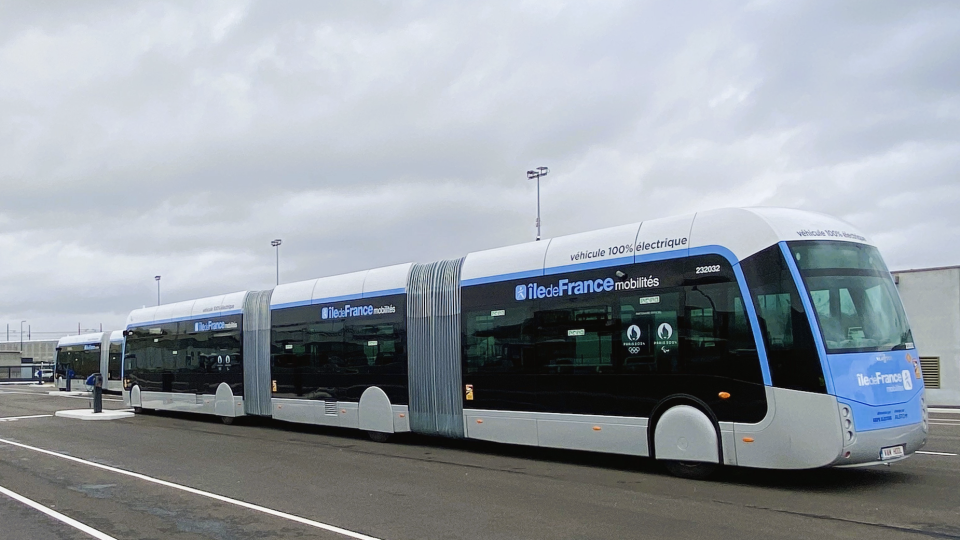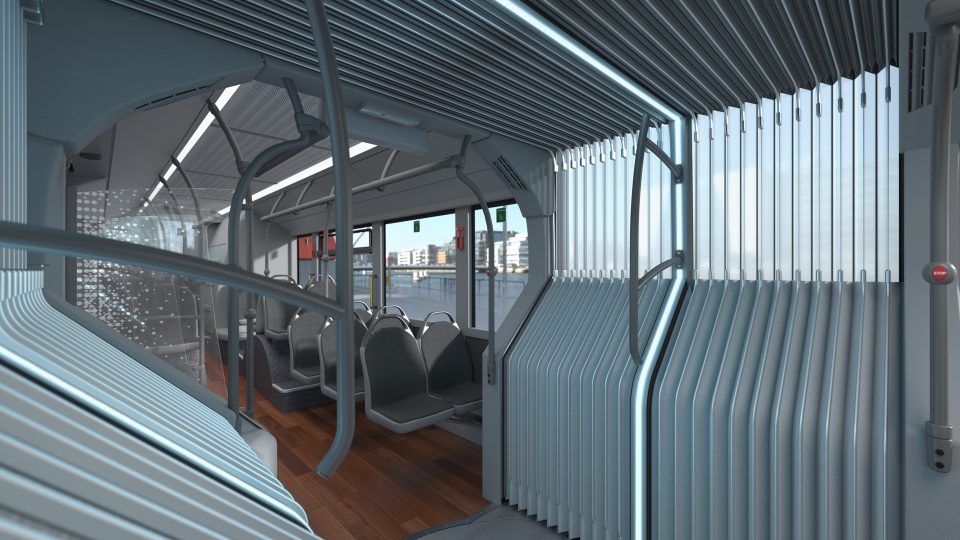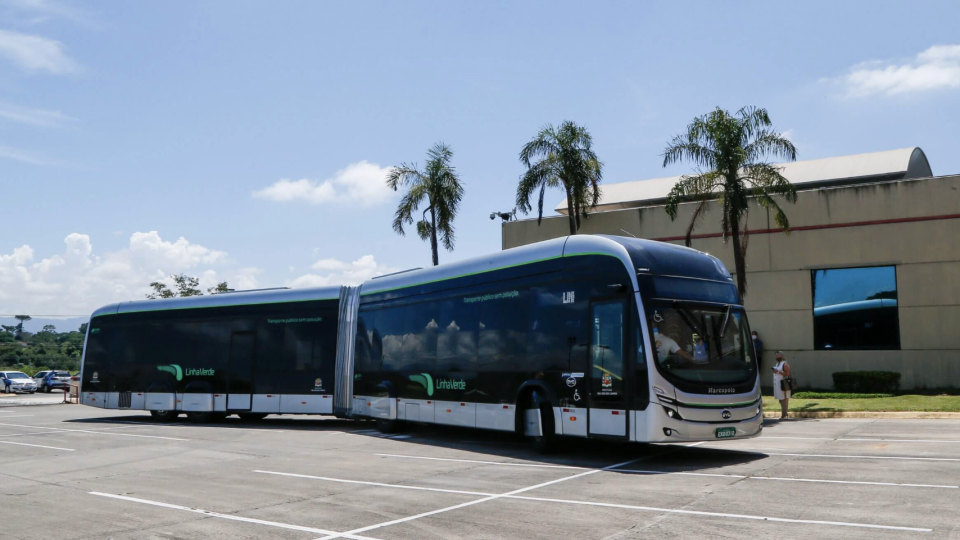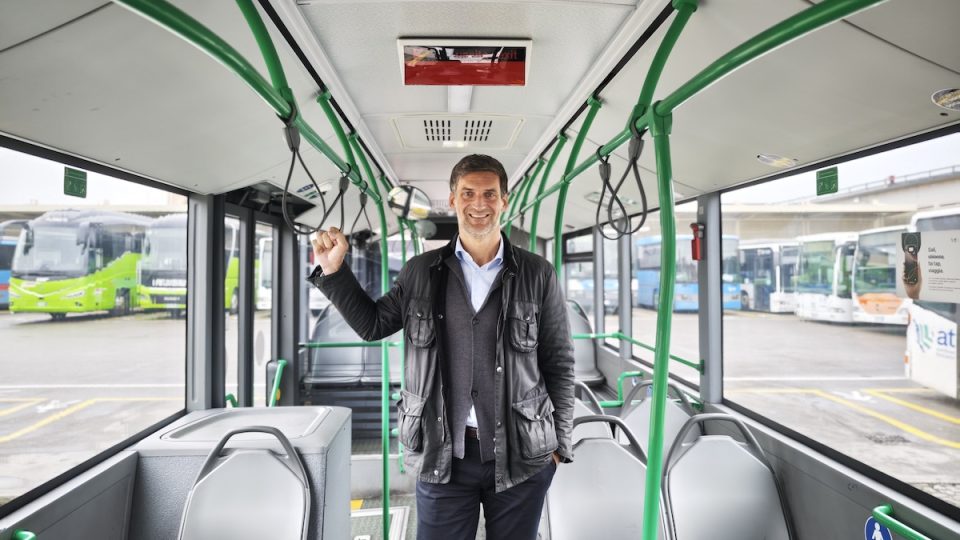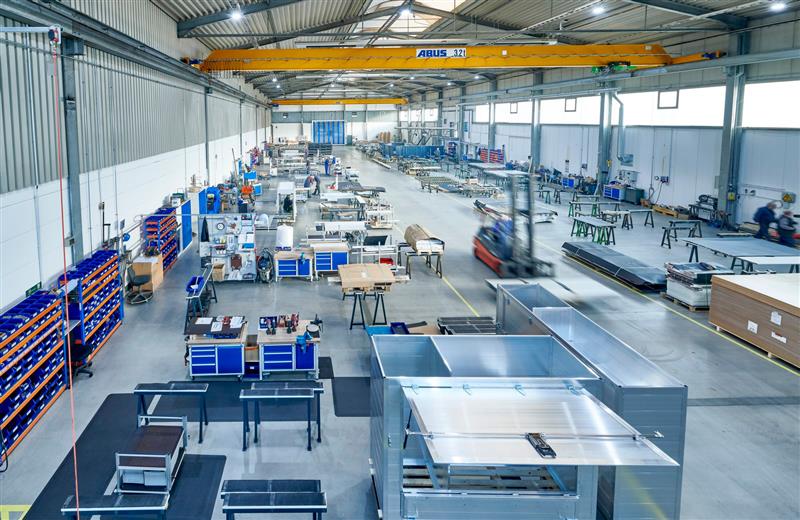EU Parliament’s vote on emission rules for heavy vehicles: only ZE city bus sales by 2030, interurban buses to follow trucks’ rules
Just like the Council, the European Parliament voted in favor of the Commission’s 45% emission reduction target for manufacturers by 2030, escalating to 65% as of 2035, before jumping to 90% starting 2040. IRU’s reaction? “Unrealistic targets”. Now the policy framework moves to trilogues where Parliament, Council, and the Commission will sit together to find […]

Just like the Council, the European Parliament voted in favor of the Commission’s 45% emission reduction target for manufacturers by 2030, escalating to 65% as of 2035, before jumping to 90% starting 2040. IRU’s reaction? “Unrealistic targets”.
Now the policy framework moves to trilogues where Parliament, Council, and the Commission will sit together to find a compromise between their positions.
Parliament adopted its negotiating position with 445 votes in favour, 152 against and 30 abstentions. Heavy-duty vehicles, such as trucks, city buses and long-distance buses, are responsible for more than 25% of greenhouse gas (GHG) emissions from road transport in the EU and account for over 6% of total EU GHG emissions, according to EU Parliament’s figures.
New city buses to be zero emission in 2030
All new city buses must be 100% zero-emission by 2030 (EU Council had proposed to postpone deadline at 2035, following the EU Commission’s proposal that was submitted on 14 February 2023, that asked for a ZE mandate for new city buses in 2030).
Interurban buses have been taken out of this target and put with those for trucks and coaches. A discrepancy had emerged between the new CO2 regulations and the Clean Vehicle Directive, in force since 2021: the proposed CO2 regulations originally expanded the definition to include Class 2 buses with Low Entry.
An exemption has also been introduced for biomethane fuelled buses until 2035, as commented by Eamonn Mulholland from The International Council on Clean Transportation on a Linkedin post.
He adds: “By far the most debated issue of the day was the Carbon Correction Factor (CCF) which would have seen the share of alternative fuels count towards truck makers’ targets. Opponents of the CCF argued it would take control away from manufacturers and give it to fuel suppliers, creating significant uncertainty. Proponents argued it was needed to take a technology neutral approach. Ultimately the CCF was voted down, so it won’t be included. Over the past months, we spent a lot of time showing how detrimental a CCF would be, so there’s some comfort in knowing this at least has been avoided”.

